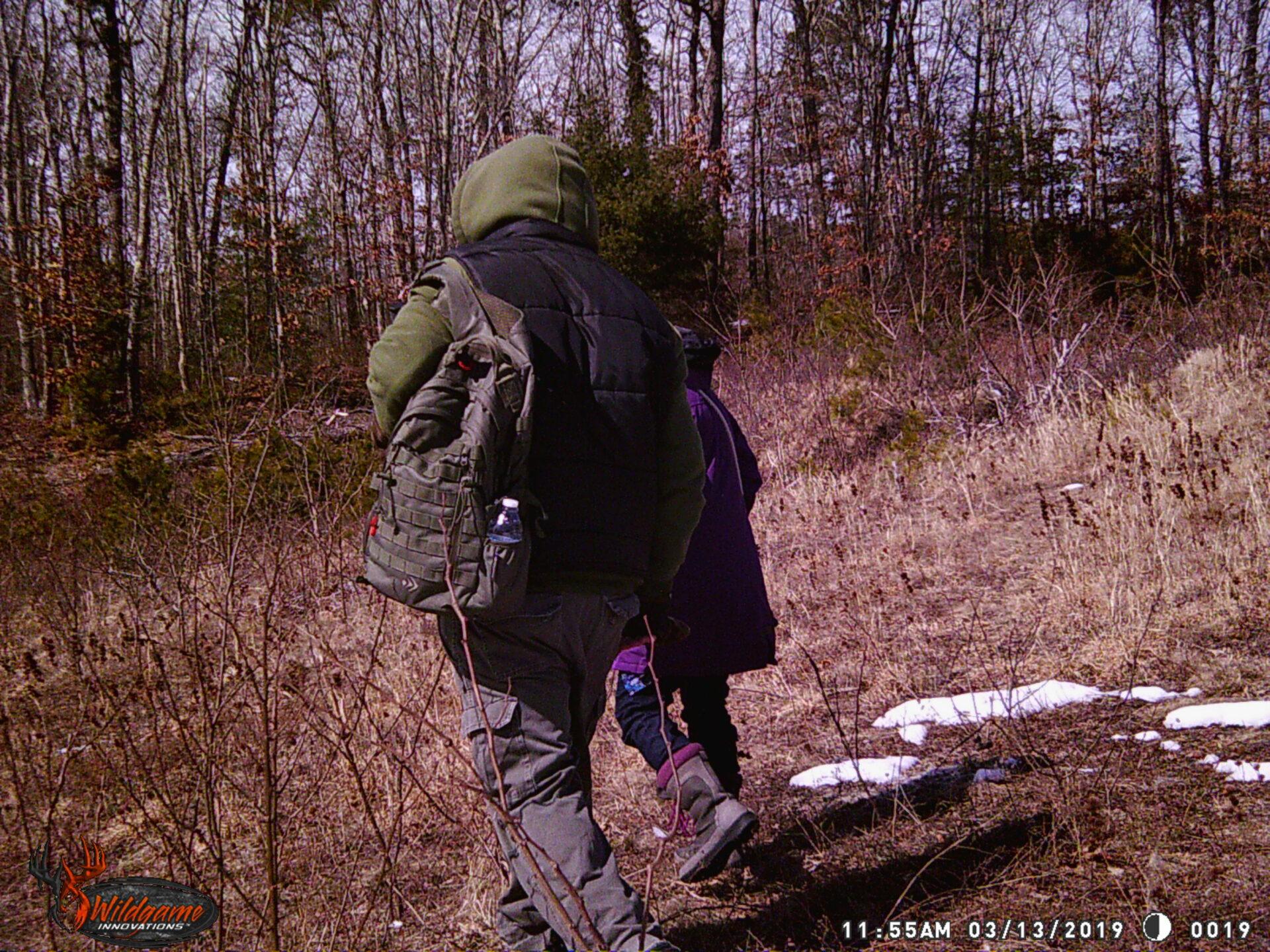Outdoors Expert Michael McStay Shares Essential Hiking Safety Tips

Hiking is becoming more popular than ever. According to recent surveys, outdoor activity participation has increased by over 25% in the last five years. With more people heading into nature, it’s vital to know how to stay safe. Proper safety measures can turn a good hike into a memorable adventure, not a risky one. Michael McStay, a trusted outdoor guide and safety expert, shares key tips to help hikers stay safe and enjoy every step
Why Hiking Safety Is Critical
Every year, reports show that hundreds of hikers get lost, injured, or face emergencies. Common dangers include sudden weather changes, rough terrain, wildlife encounters, and navigation mistakes. For example, last summer, a group got stranded after ignoring weather warnings and taking a wrong turn. The result? A long night stuck on the trail.
Michael McStay stresses that awareness and preparation are your best tools. “Hiking safely isn’t about avoiding adventure,” he says, “it’s about knowing what risks exist and how to handle them.” Protecting yourself means being alert, prepared, and ready for surprises that nature throws your way.
Preparing for Your Hike: The Foundation of Safety
Planning Your Route
Start by researching your trail. Know its length, difficulty, and elevation gain. Use official maps or GPS apps to plan your route. Avoid unplanned detours; unexpected hikes can turn dangerous fast. Learning from local safety incidents, most accidents happen when hikers don’t know the terrain beforehand.
Checking Weather Conditions
Before heading out, check reliable weather sources like the local forecast or weather apps. Mountain weather can change quickly, so be aware of current conditions and warnings. If rain, storms, or extreme heat are forecasted, consider rescheduling your hike. Planning during clear weather helps keep risks low.
Packing the Essentials
What should you always bring? A basic safety kit includes a first aid kit, a map, a compass, extra food, and enough water. A flashlight and a multi-tool are also must-haves. Proper footwear and layered clothing protect against cold, heat, or rain. For example, a group once got caught in an unexpected storm but had rain jackets and proper boots, which helped them stay dry and warm.
Navigating Safely On the Trail
Staying on the Marked Trail
Venture off the trail? That’s when accidents happen. Straying from designated paths can cause environmental harm and increase the chance of getting lost. Look for trail markers and signs—they’re there for your safety. Follow local rules that protect the area and keep everyone safe.
Using Navigation Tools Effectively
Map and compass skills are crucial. Learn how to use them properly, and always carry a charged GPS device or smartphone with offline maps. Combining traditional and tech tools offers backup if one fails. Michael McStay highlights that knowing how to navigate is one of the most important skills for safe hiking.
Recognizing and Responding to Hazards
Keep an eye out for loose rocks, slippery slopes, or wildlife. If you see danger, slow down and find a safer path. Remember to tell someone your plans, including your route and when you expect to return. This simple step can save a life if something goes wrong.
Emergency Preparedness and Response
Basic First Aid Skills
Injuries happen. Learning basic first aid, like how to treat cuts or sprains, makes a difference. Familiarize yourself with quick fixes for common hiking injuries before you leave home. For instance, knowing how to splint a twisted ankle can get you back to safety faster.
Emergency Communication Devices
Always carry a fully charged cell phone, but don’t rely on it alone. Satellite phones or personal locator beacons are excellent options in remote areas. Use emergency signaling devices, like whistles or flares, to attract help if needed. McStay stresses that being ready for the unexpected can save lives.
Handling Unexpected Situations
If you’re lost, injured, or caught in bad weather, stay calm. Find shelter and stay hydrated while you wait for help. Make yourself visible by signaling with a whistle or bright clothing. Carrying an emergency blanket and extra food, water, or a small shelter can also make a huge difference.
Post-Hike Safety and Reflection
After the hike, take time to review what worked and what didn’t. Keep a journal of safety lessons learned for future hikes. Share your experiences with friends or local hiking clubs—building a safety-minded community keeps everyone safer.
Conclusion
Following Michael McStay’s top tips can make your hikes safer and more enjoyable. Prepare your route, check the weather, pack wisely, and stay aware on the trail. Learn navigation and first aid skills, and always have emergency gear ready. The key to a successful outdoor adventure is safety first. With these tips, you’re ready to explore nature confidently and incident-free. Get out there—adventure awaits, but safety comes first.

